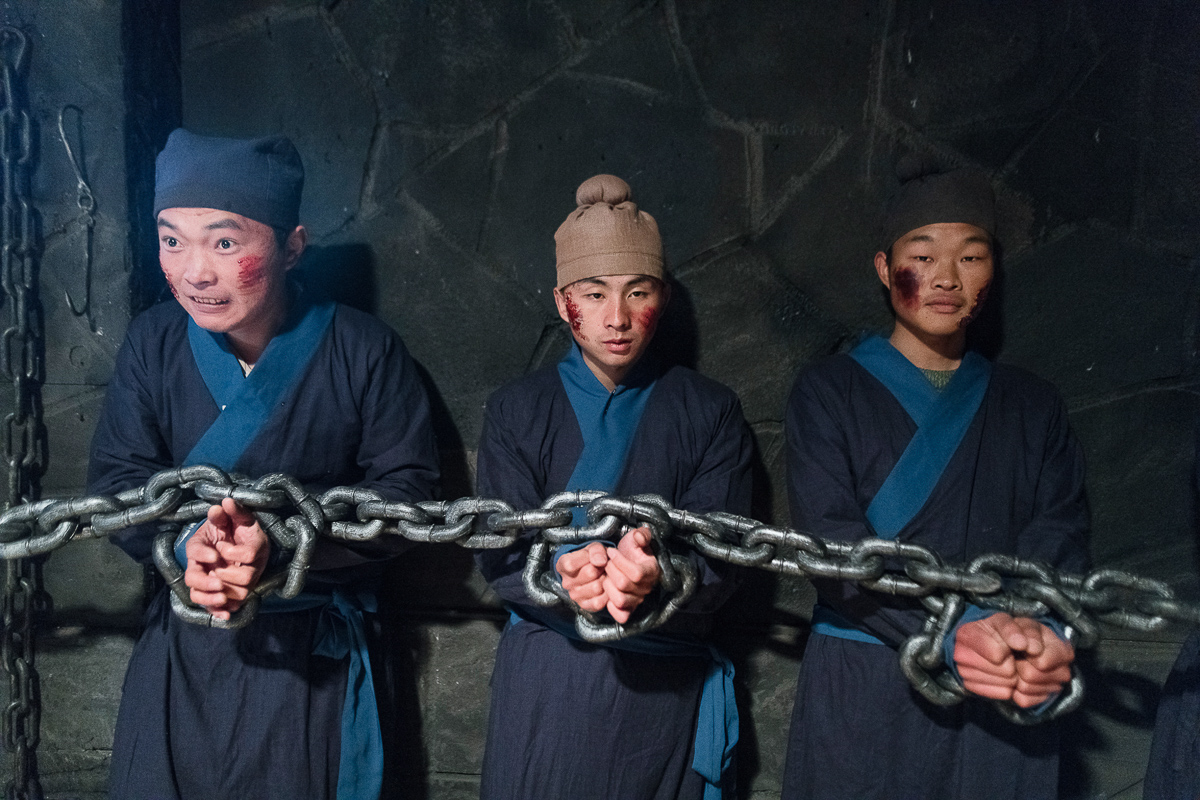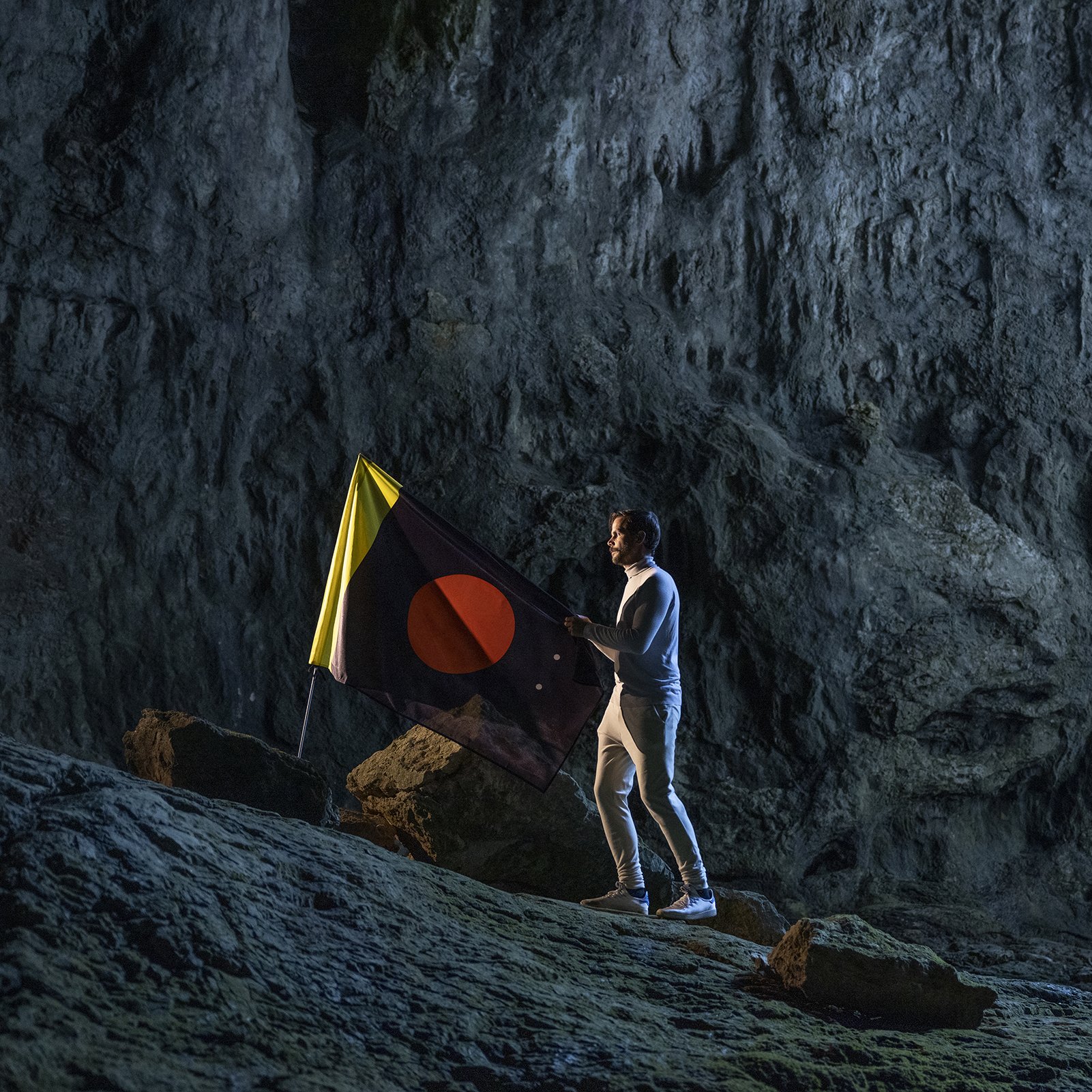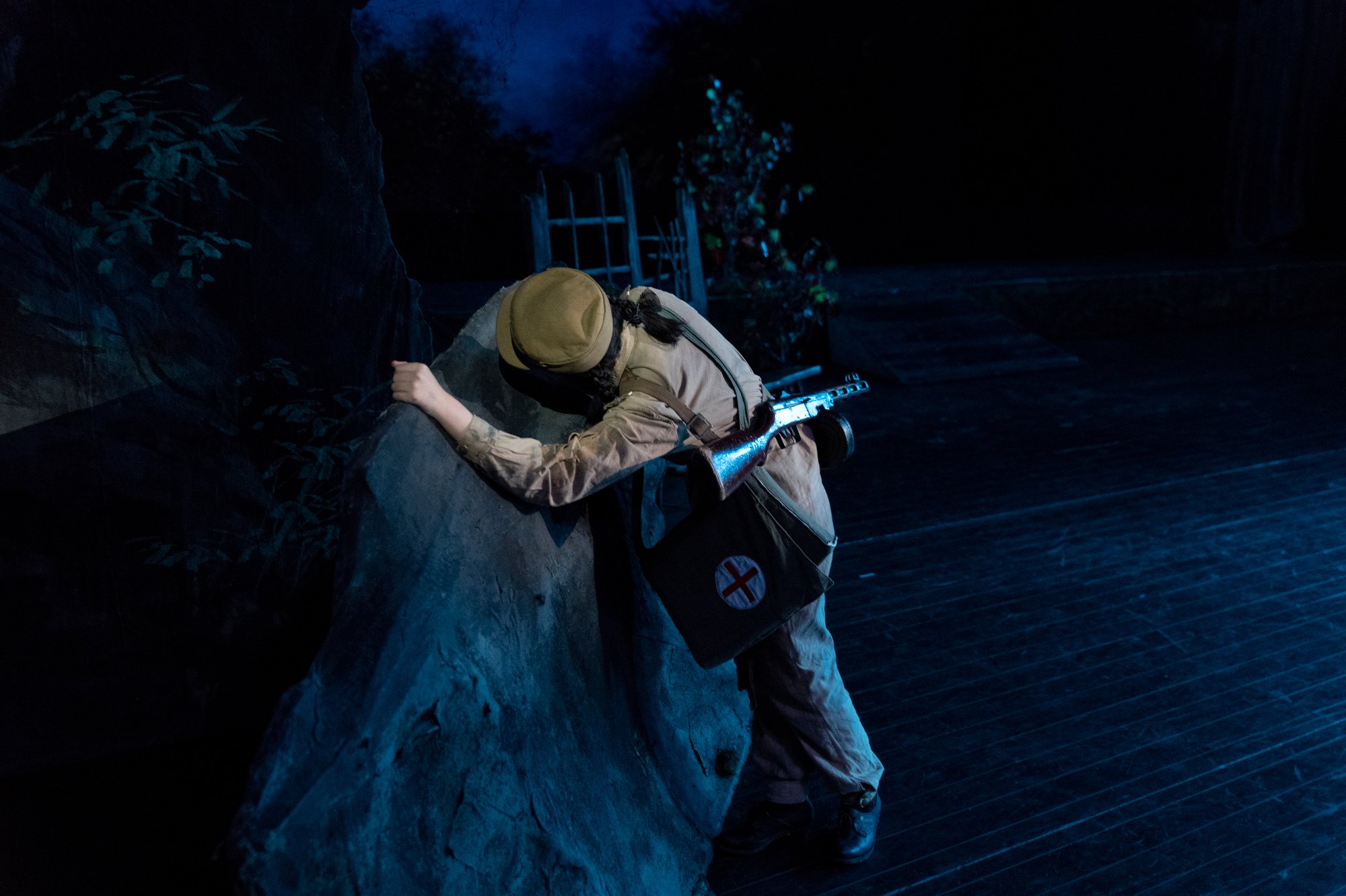
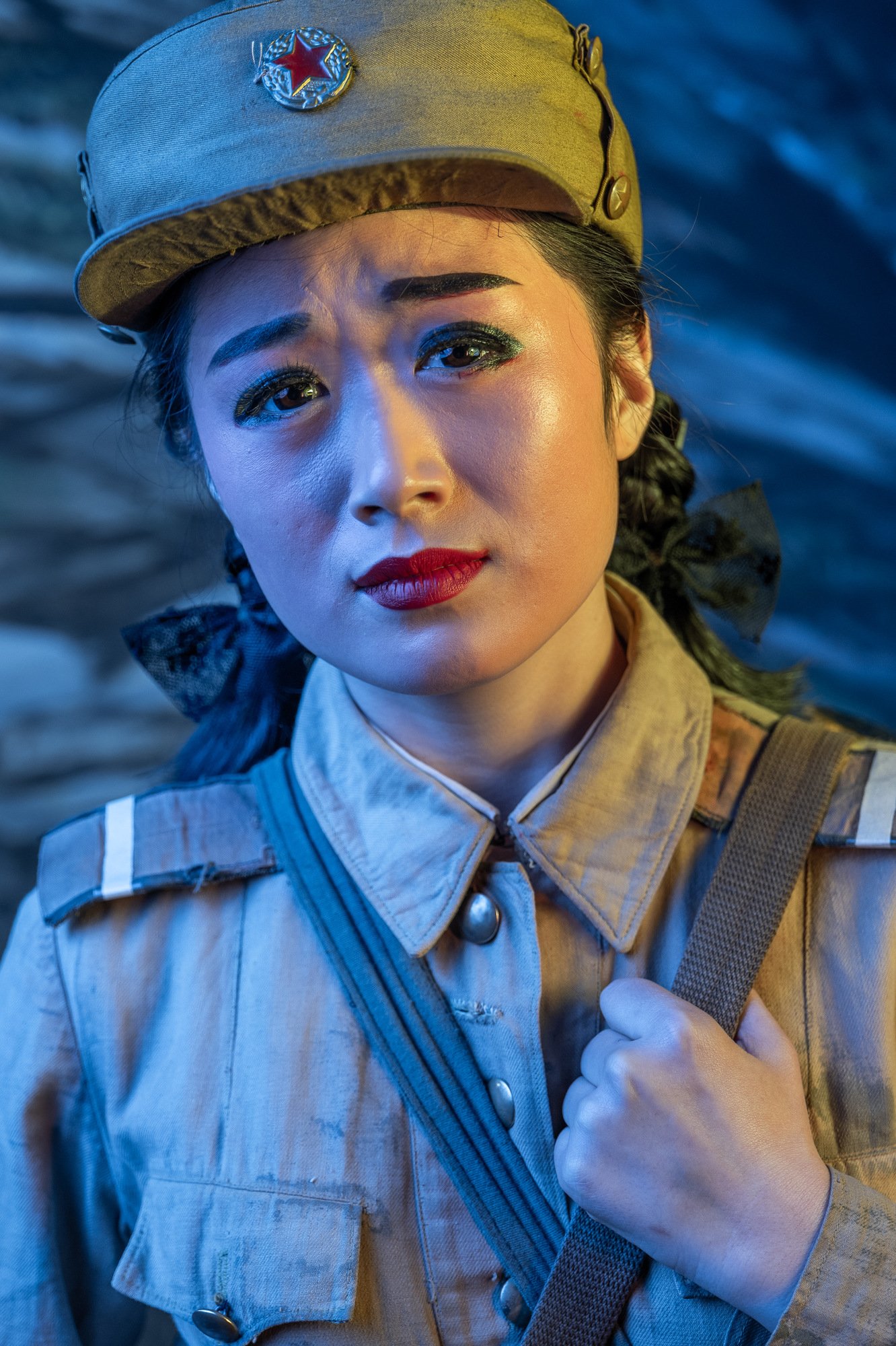

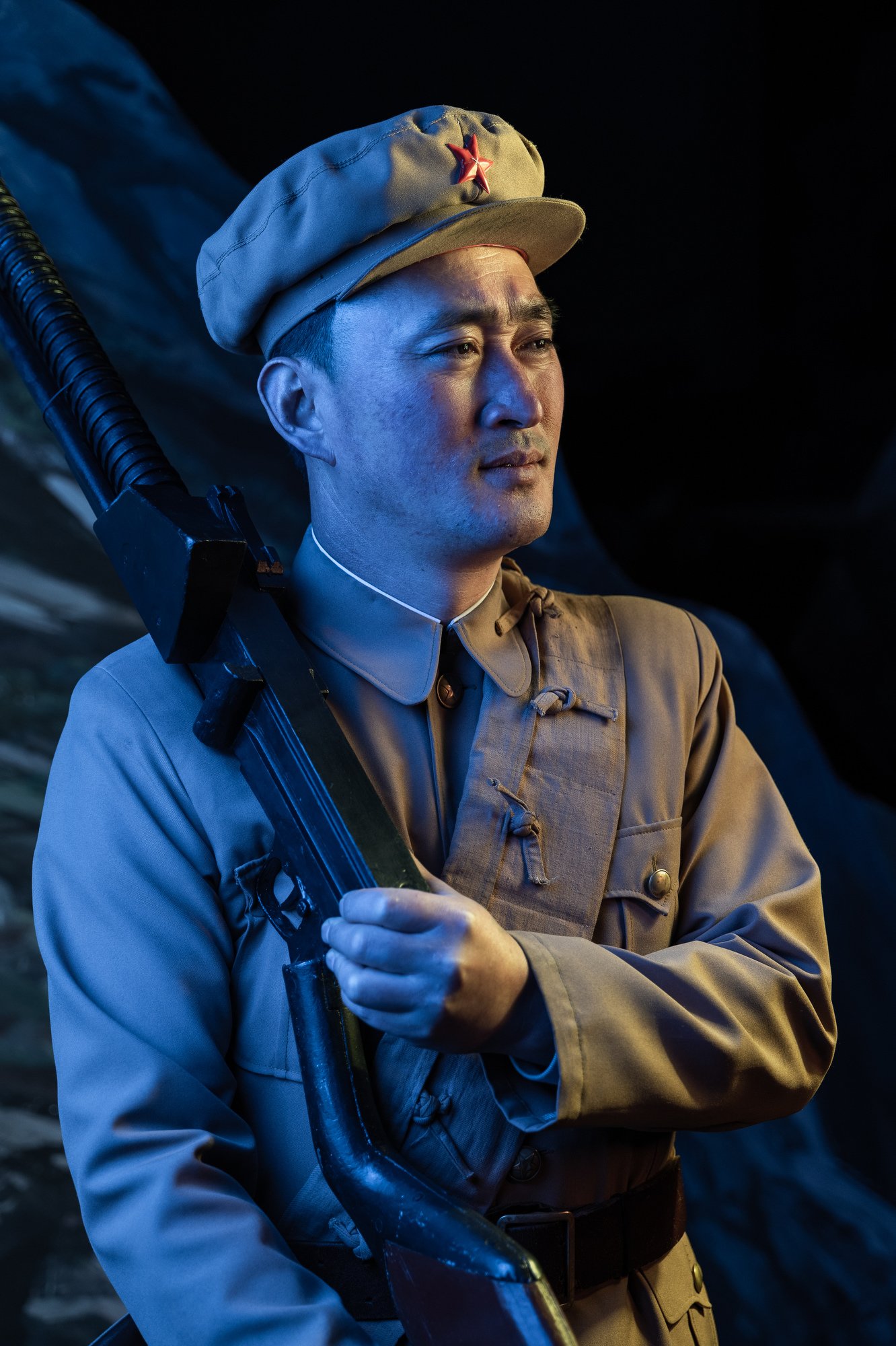
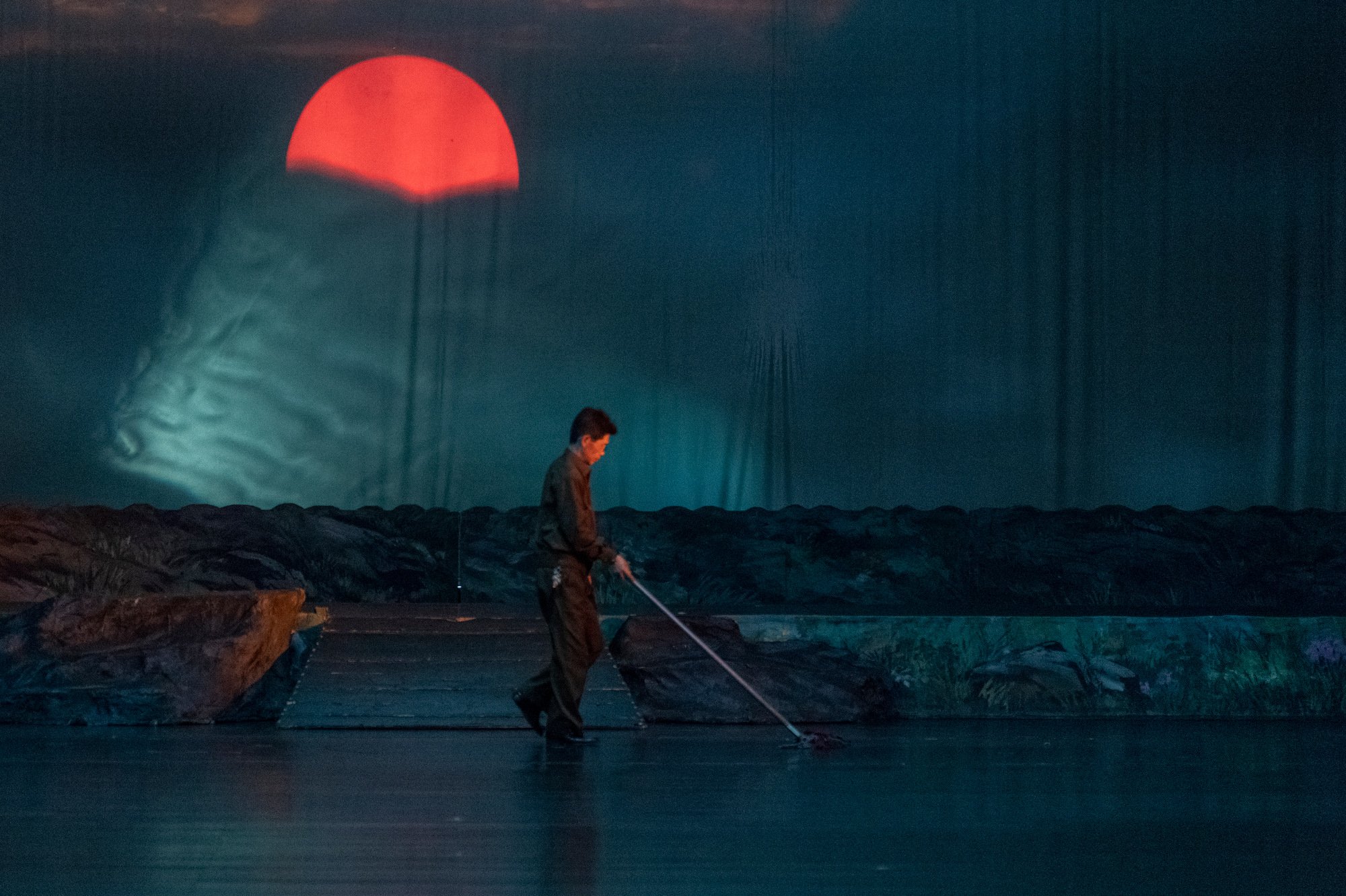
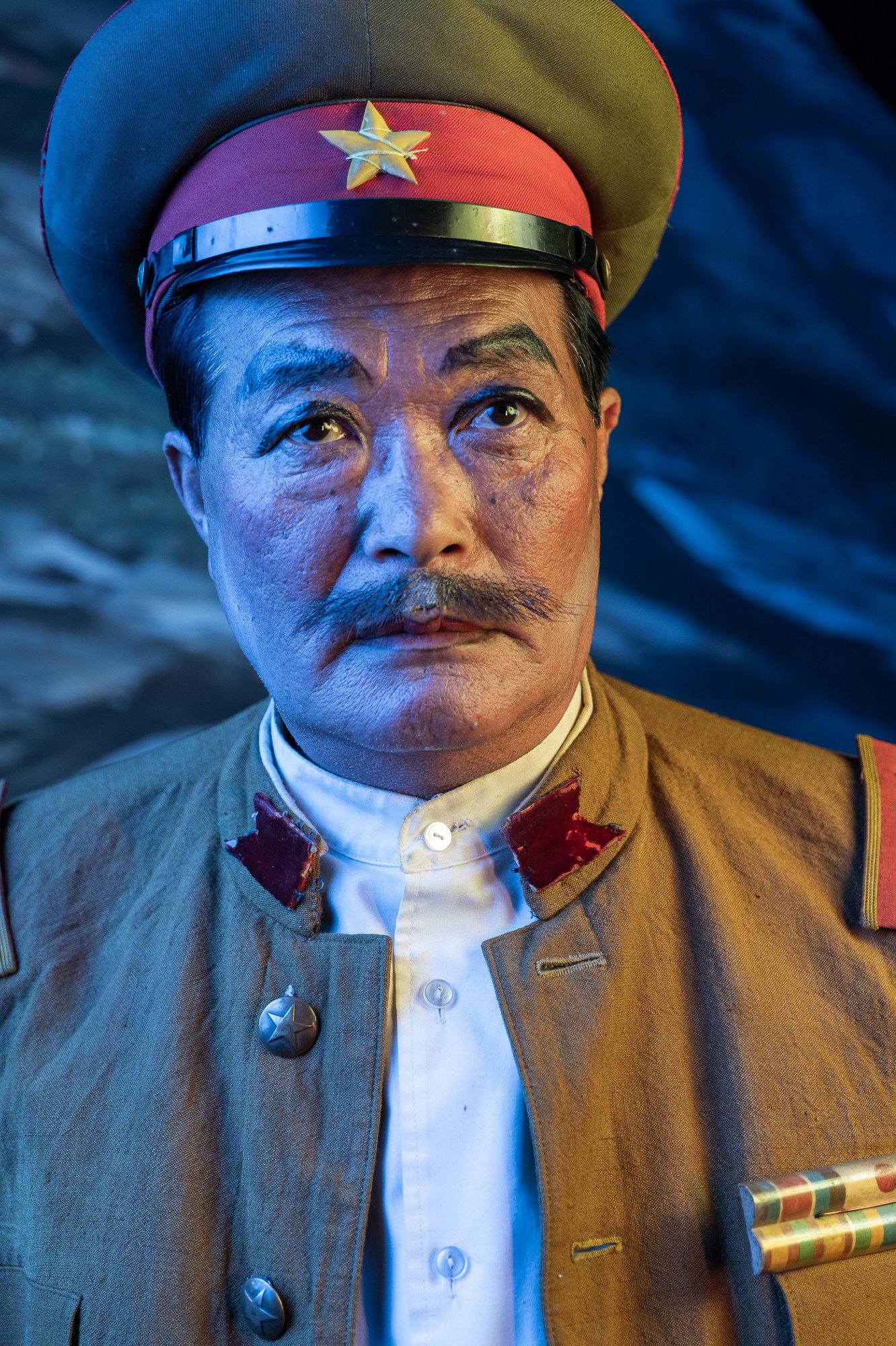
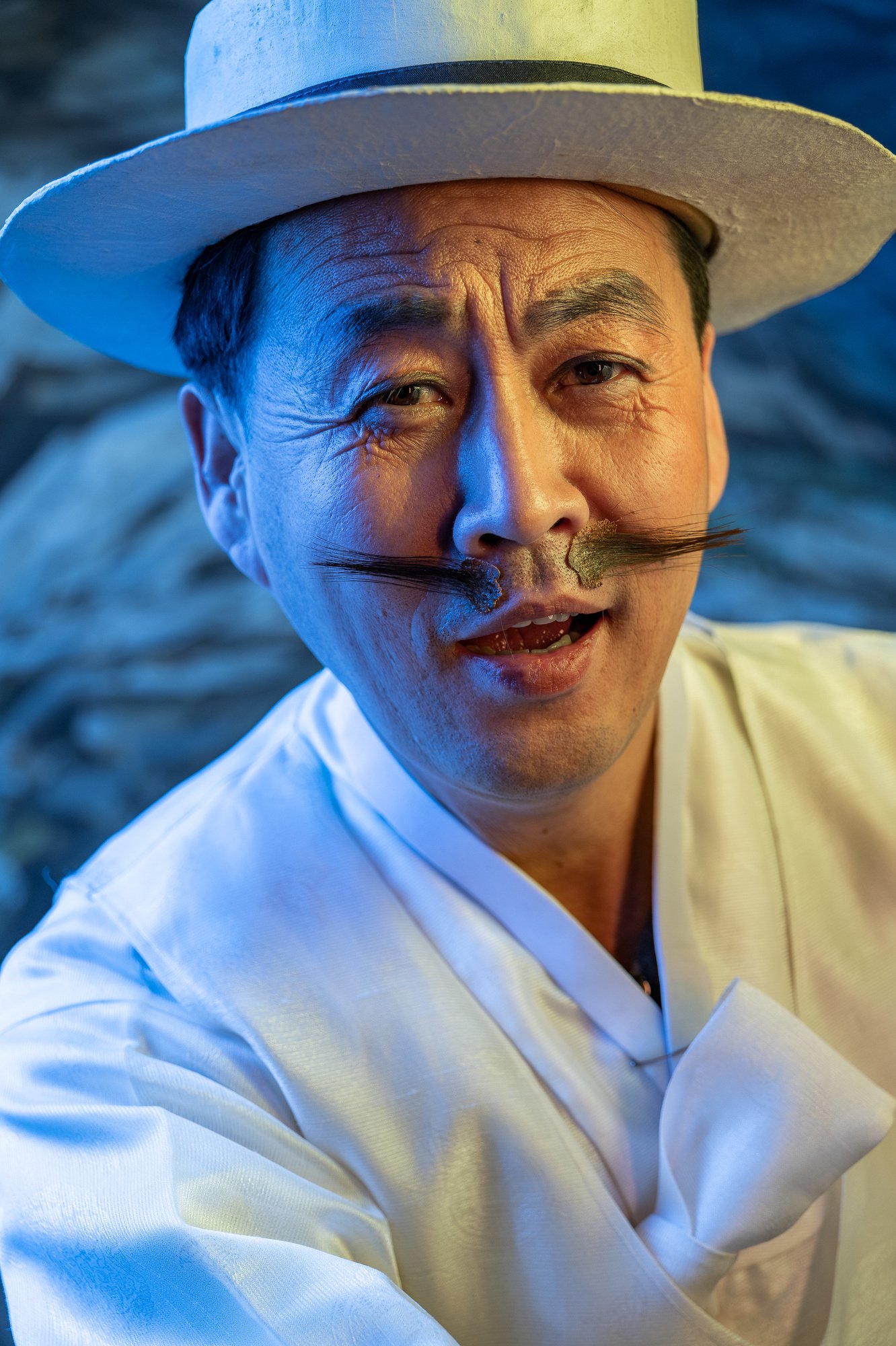
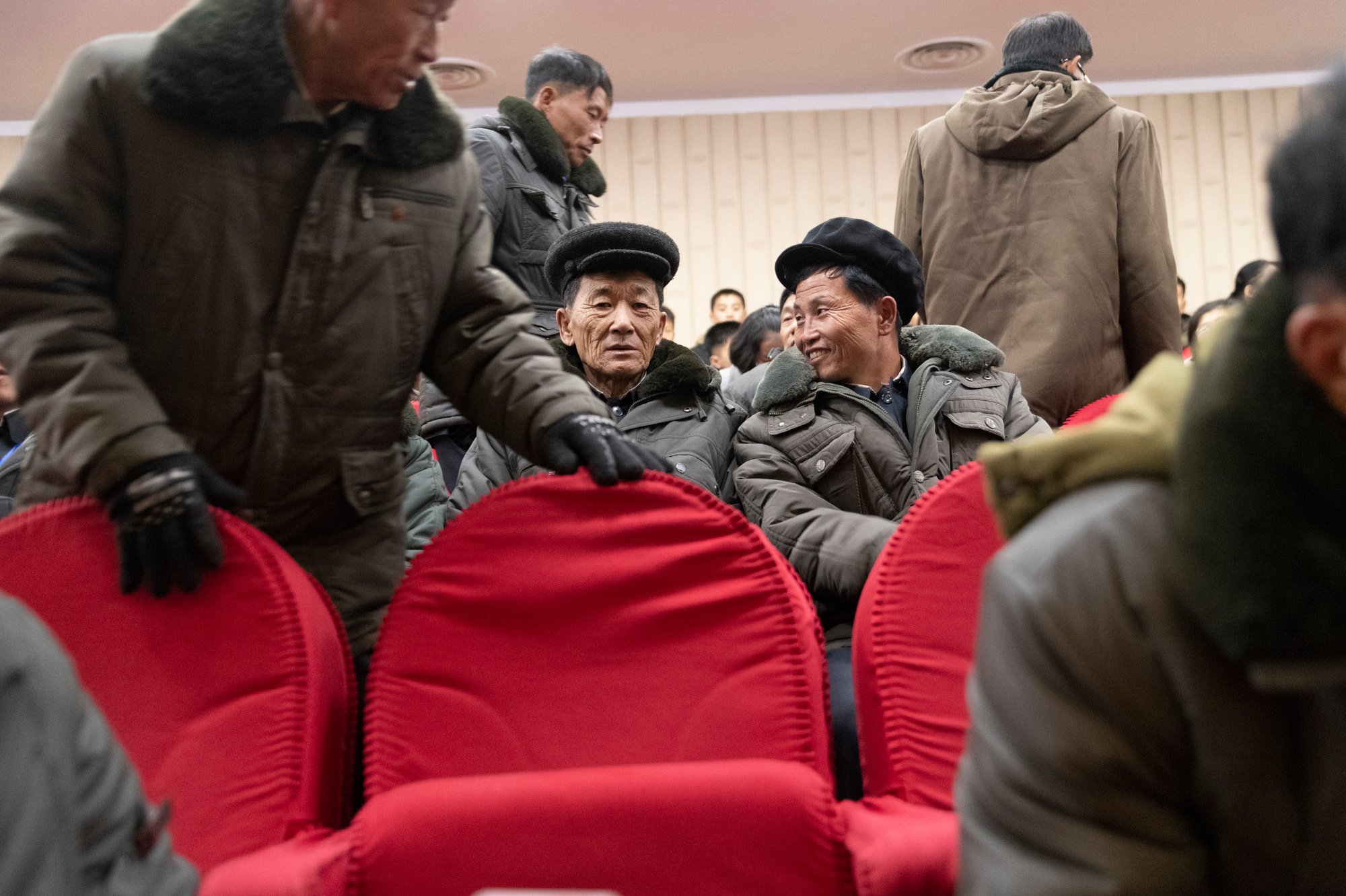
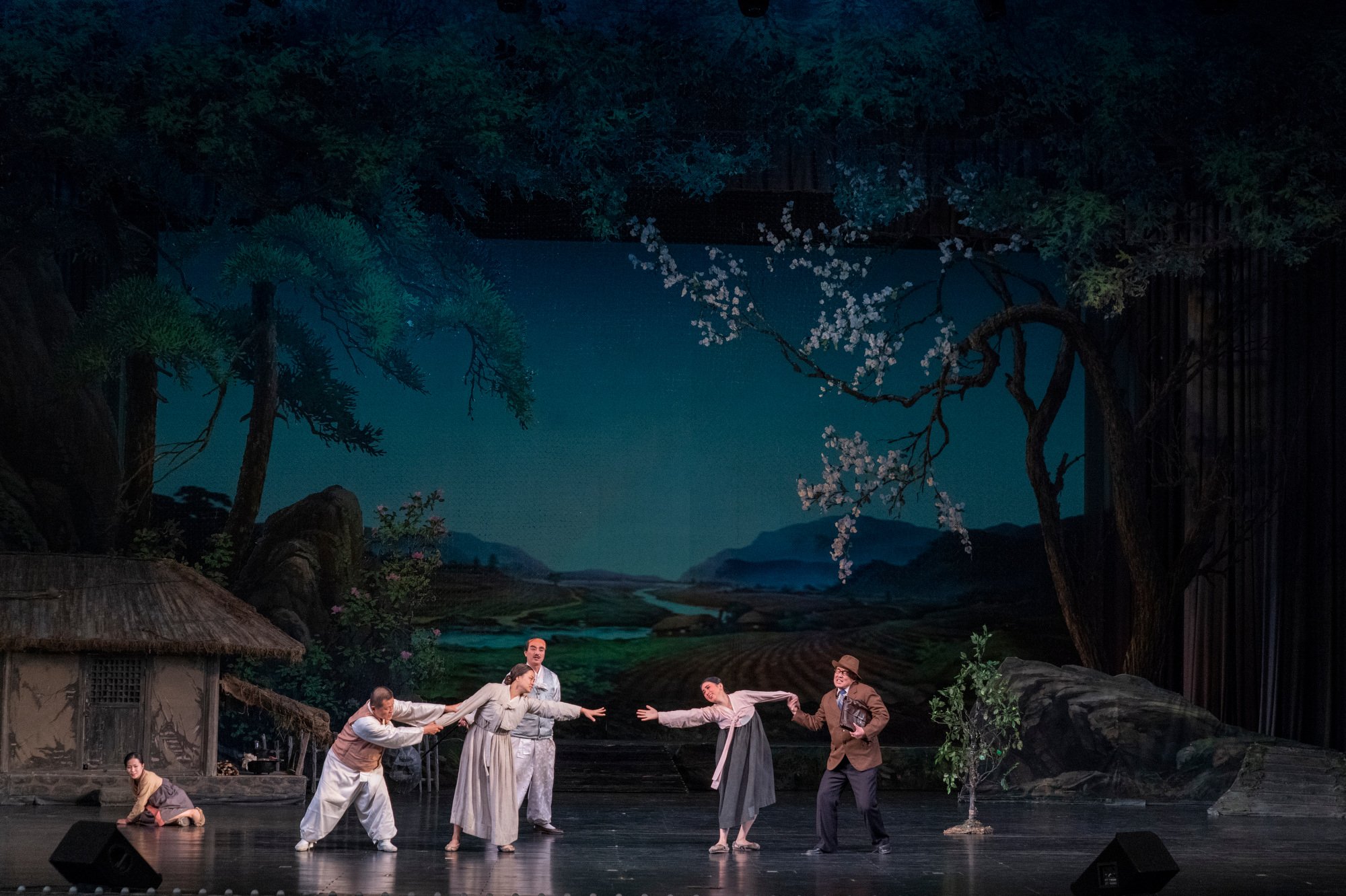
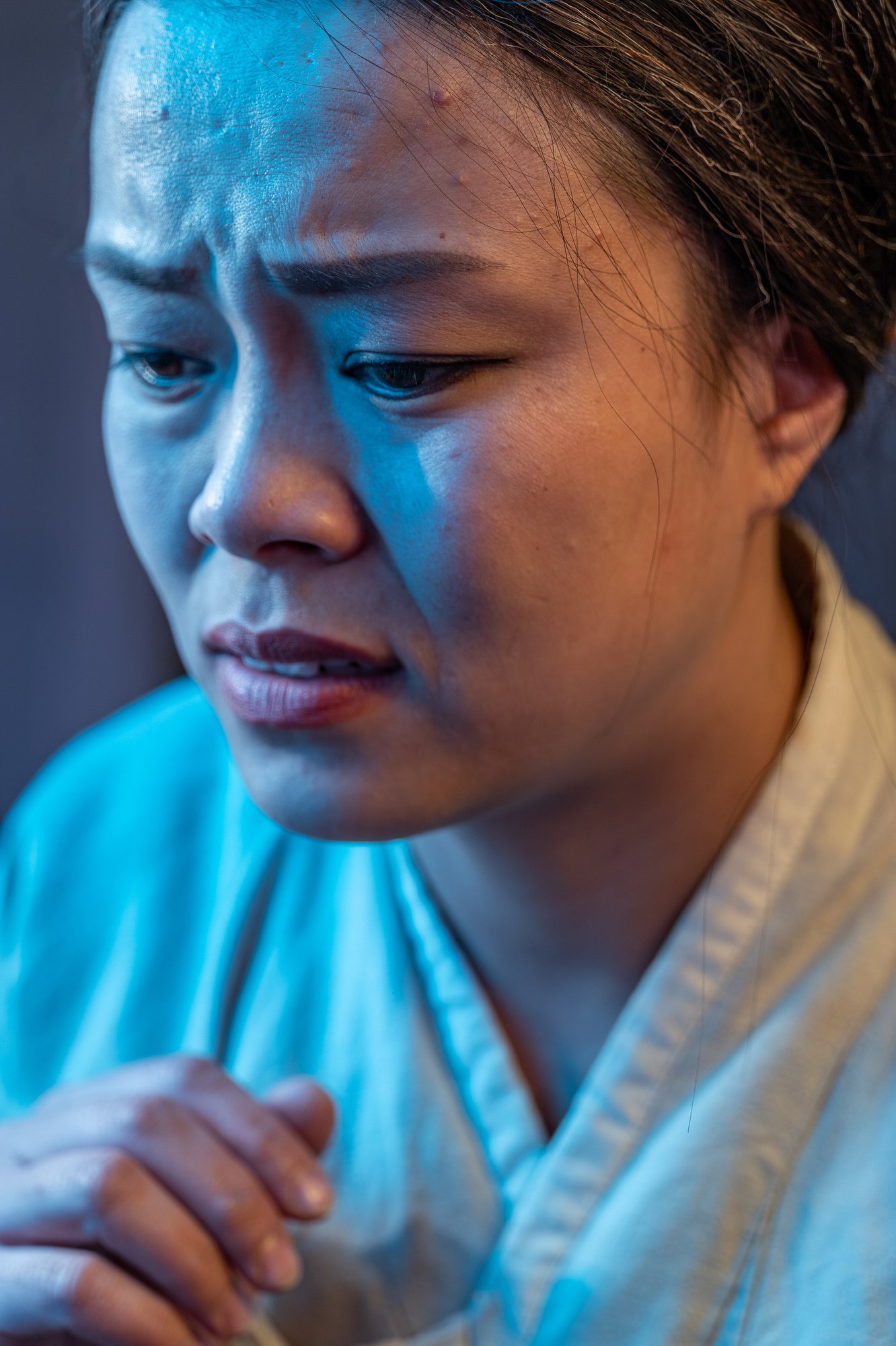
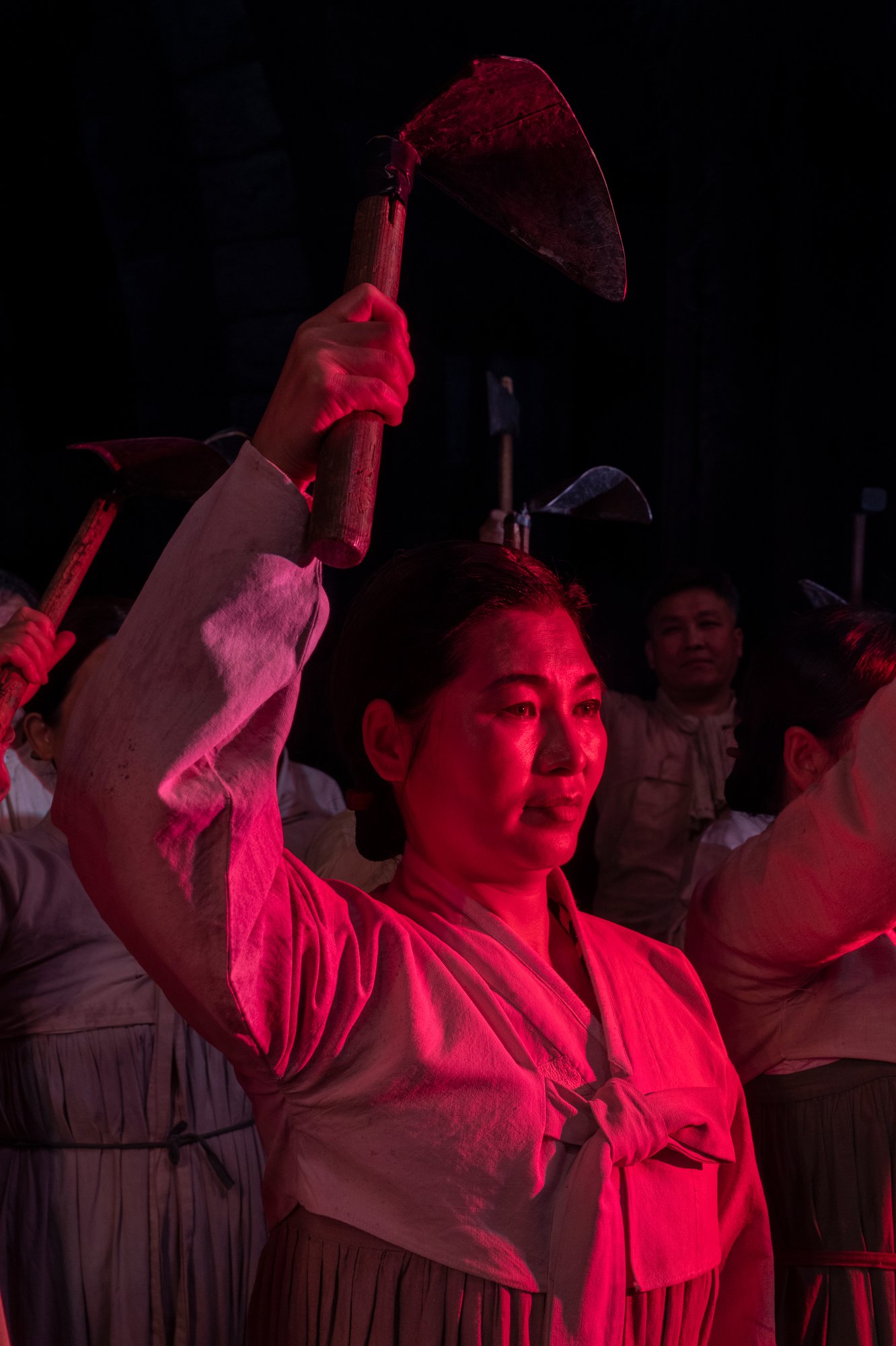
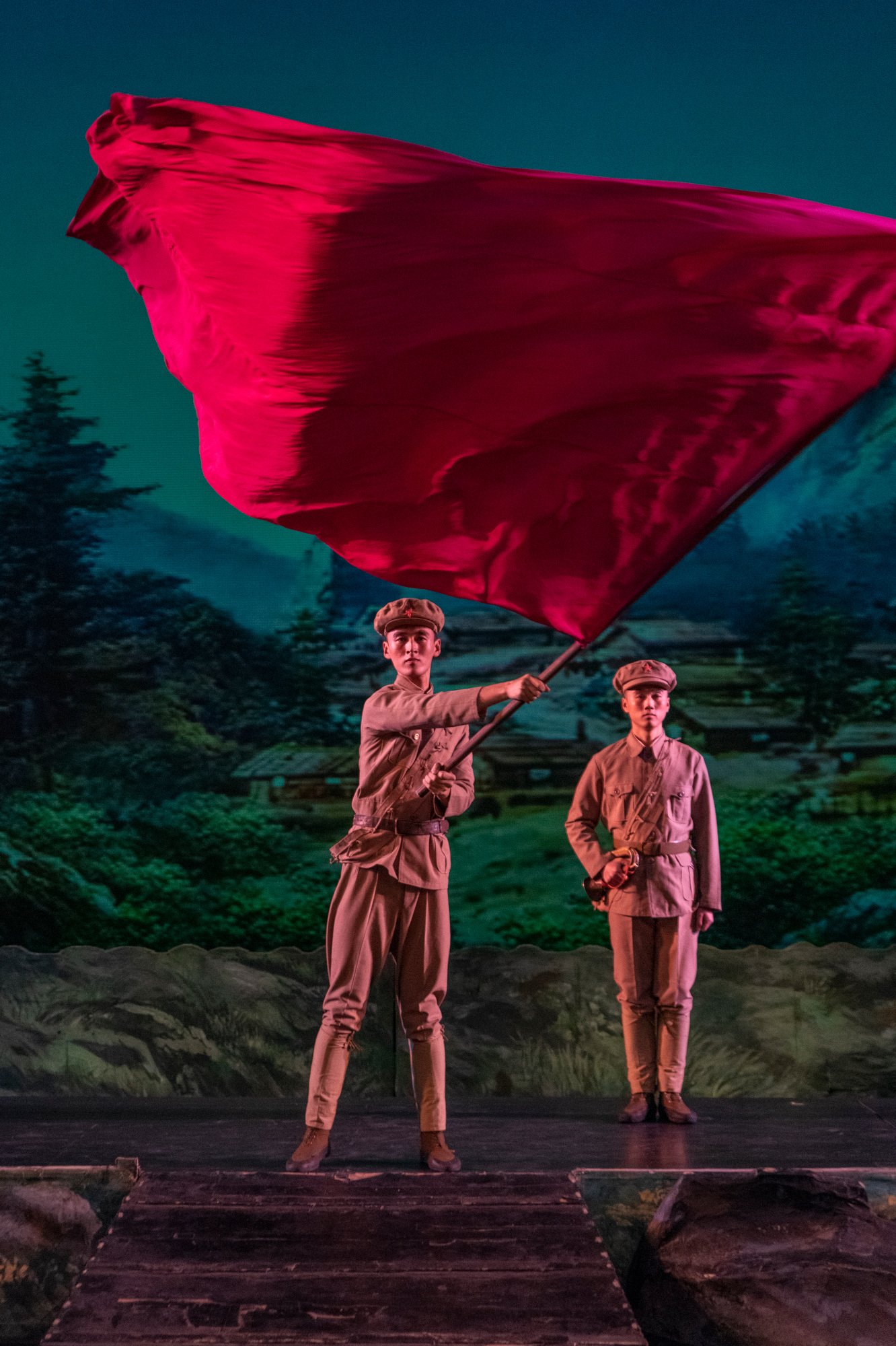
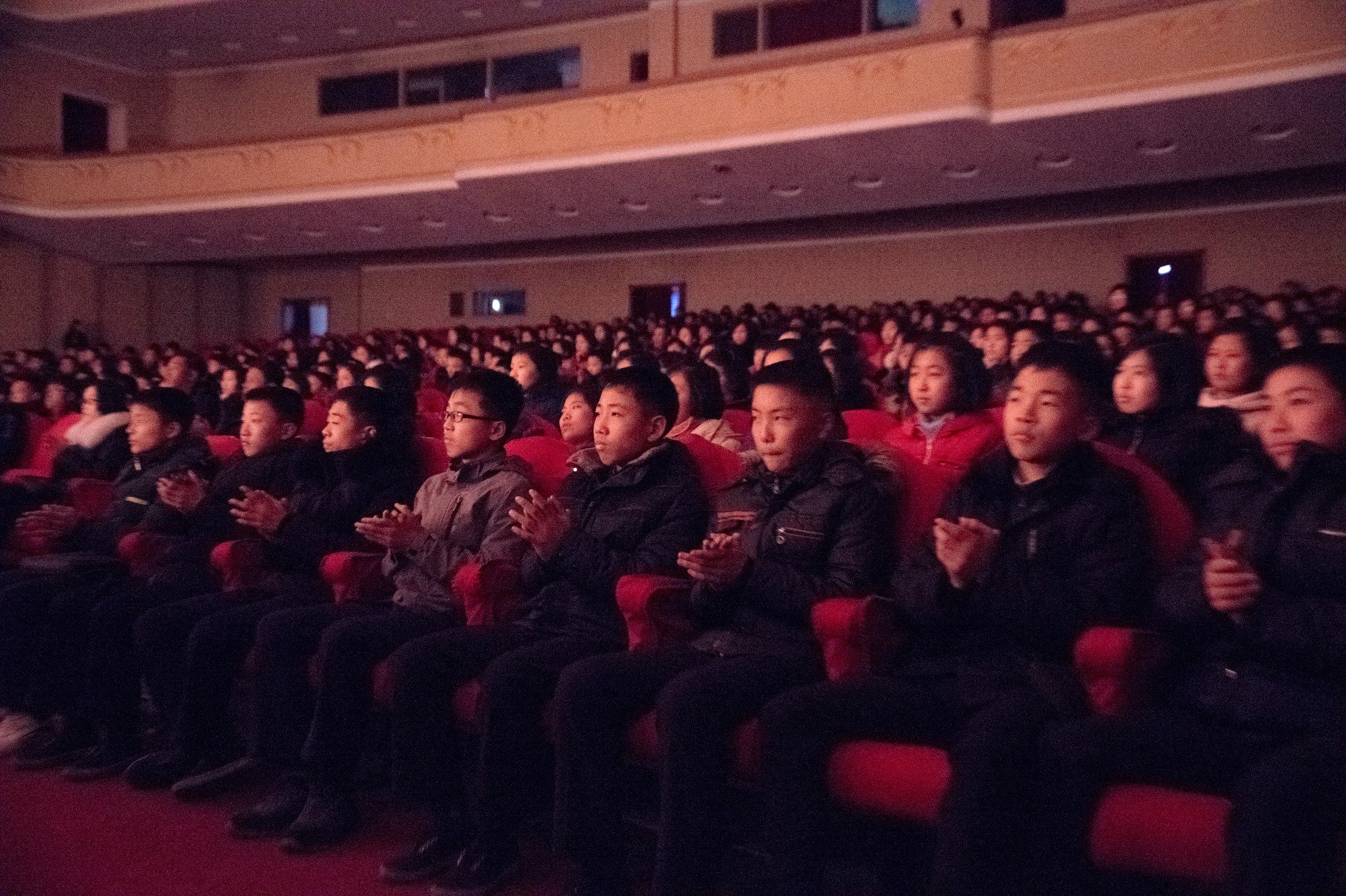
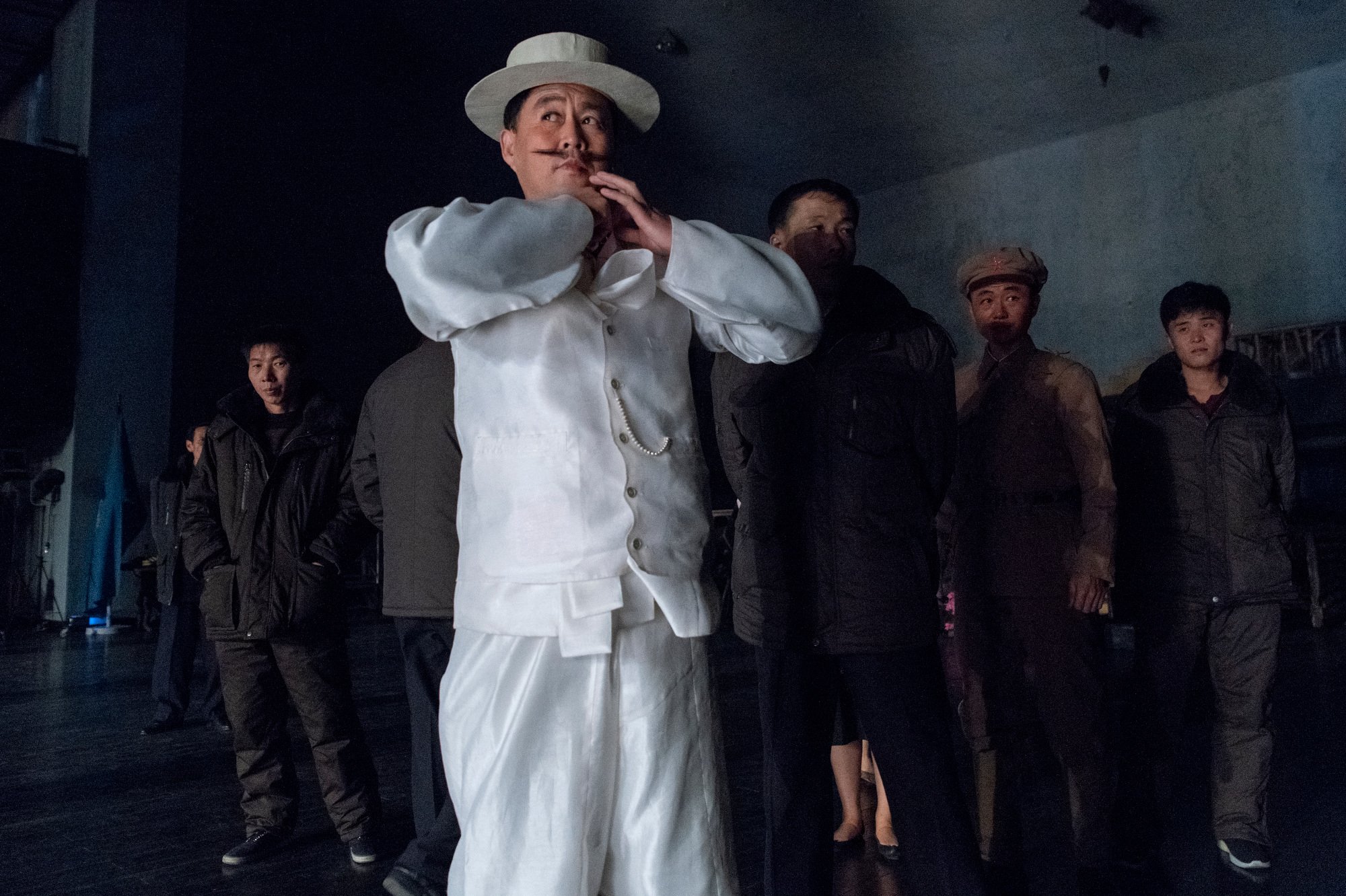
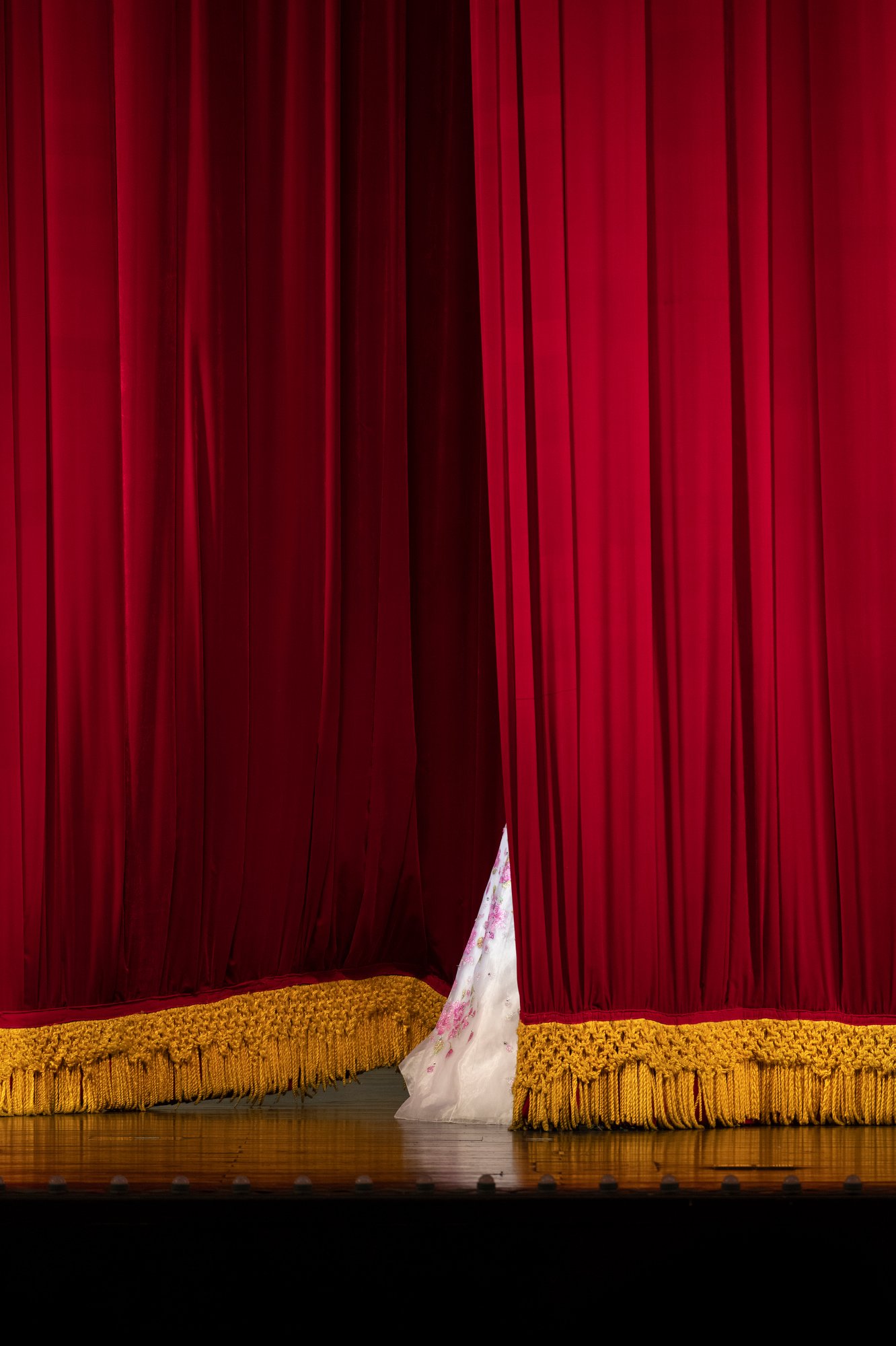
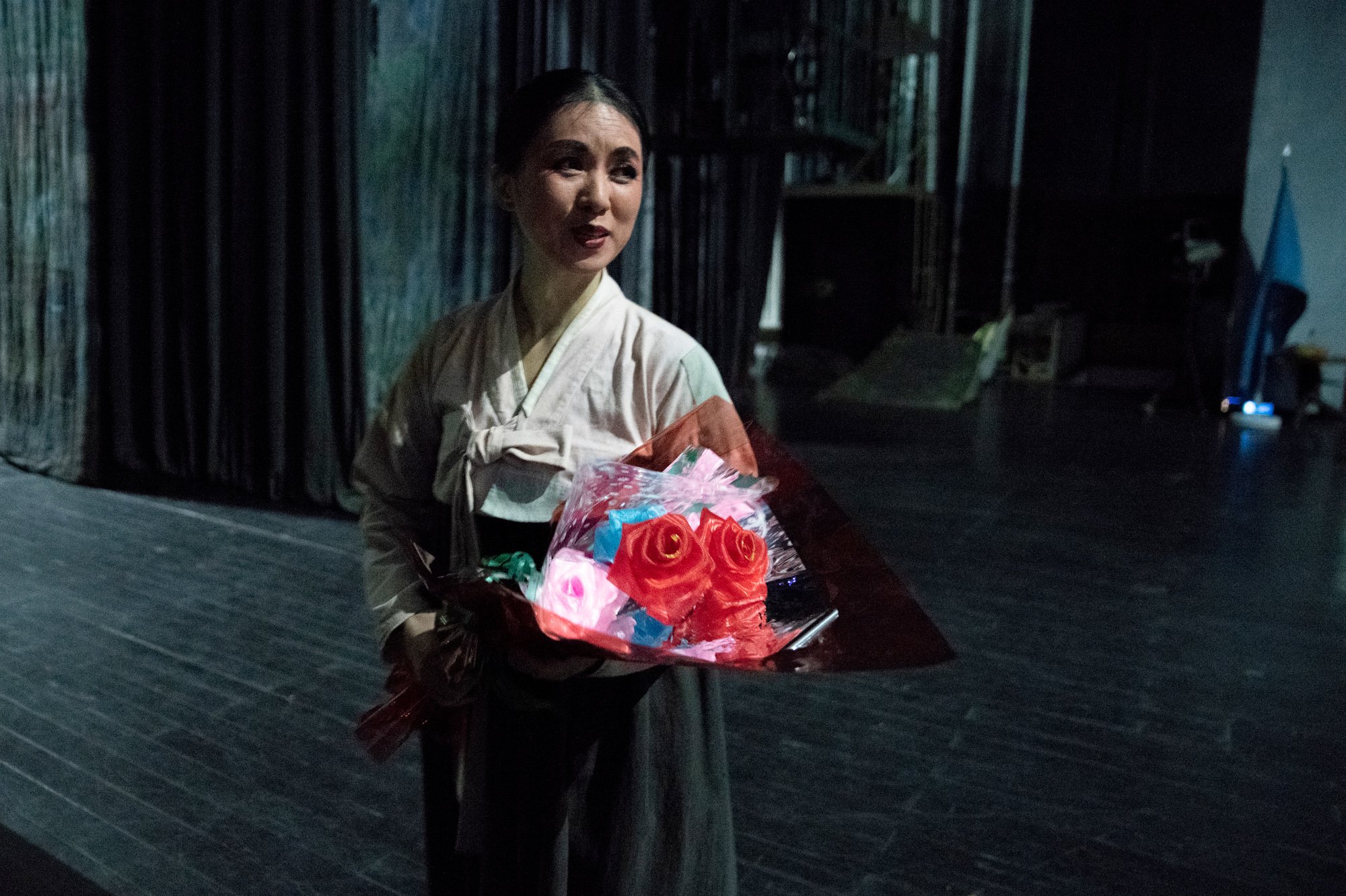
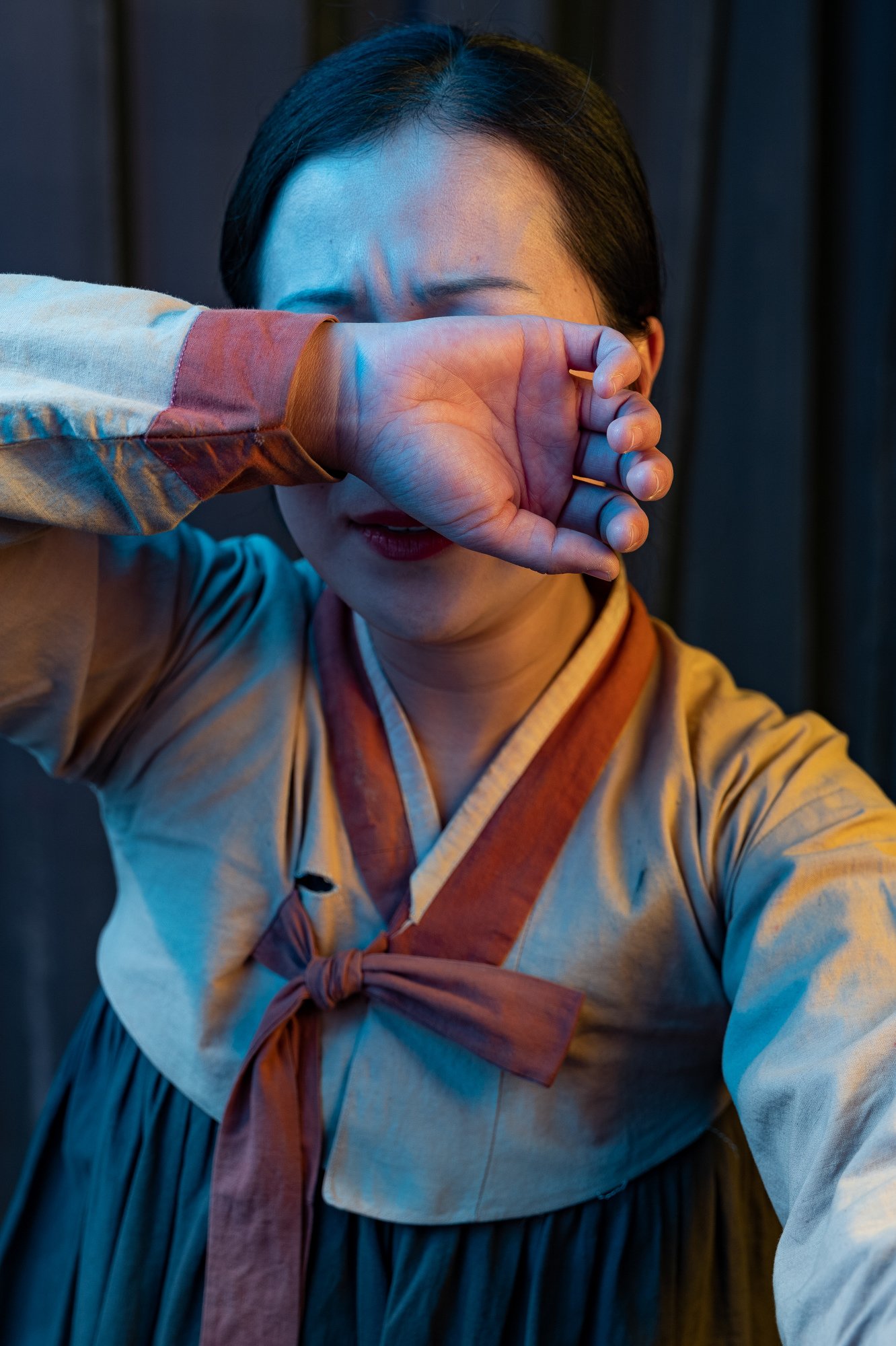
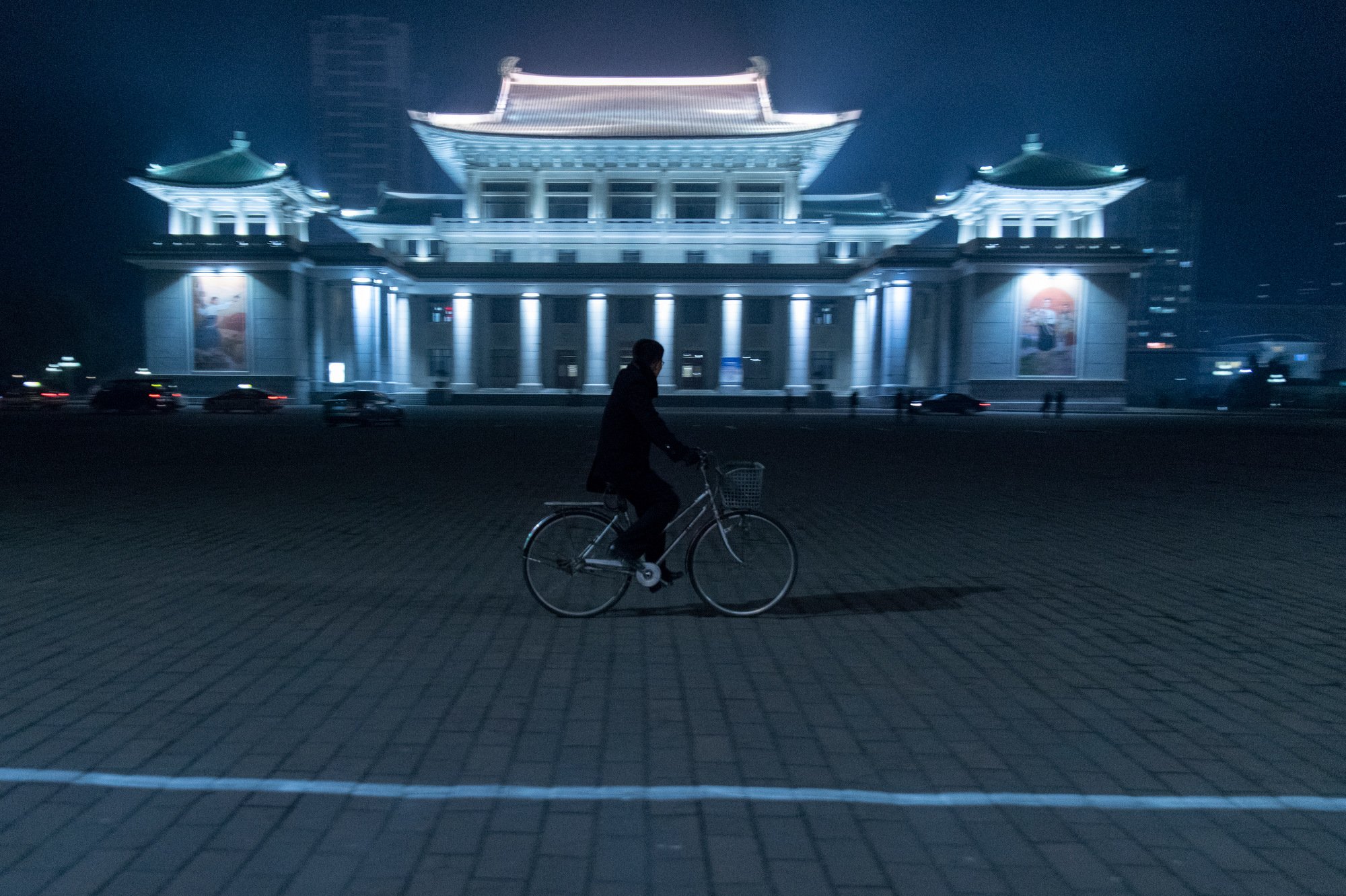
REVOLUTION IN THE OPERA
It is hyperbole to say North Korea is the least photographed country in the world, but access to capture anything off the tourist route is rare. Matjaz Tancic’s latest project, photographing the North Korean Revolutionary Opera, presented an enormous challenge, getting access to an art form that is regarded as sacrosanct due to its association with the leaders of the country, Kim Il Sung and Kim Jong Il.
The purpose of the Revolutionary Operas is to entertain whilst imbuing a sense of revolutionary spirit. These operas are visual treats with great production value but are generally out of bounds for foreigners.
In collaboration with Koryo Studio (a Beijing based company specialising in cultural exchanges with North Korea) after 2 years of negotiations Tancic received permission to photograph the opera, and in November 2019 he took the Air Koryo flight to attend the performance at the Pyongyang Grand Theatre. However, on arrival the Koreans only gave permission to shoot from a fixed seat during the performance and without lights or flash. After a day and a half of discussions access was granted not only to photograph from the wings but also on-stage after the performance.
In Kim Jong Il’s treatise ‘On the Art of Opera’ it states that the Revolutionary Operas were written to encourage the people in carrying on the tasks of revolution and construction whereas traditional opera was seen to cater to the ‘exploitative classes’. The Five Great Revolutionary Operas which all had in some shape or form the involvement of the North Korean leaders Kim Il Sung and Kim Jong Il have snappy titles: Sea of Blood, Flower Girl, Tell O' The Forest, A True Daughter of the Party and The Song of Mount Kumgang.
The first revolutionary opera in North Korea, Sea of Blood, premiered at the Pyongyang Grand Theatre in July 1971. It took until November 2019 for a foreign photographer to get access to show this unusual art form to a western audience.

